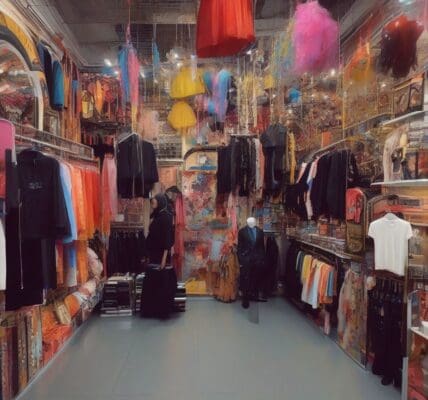As private label products gain traction, U.S. retailers face the challenge of expanding their network of reliable suppliers for high-quality products produced close to home. This shift comes in the wake of the pandemic, which highlighted vulnerabilities in global supply chains and prompted many businesses to reconsider their sourcing strategies. Traditionally, overseas vendors dominated the landscape due to their capacity to offer lower prices. However, recent trends show a marked preference for domestically made items that prioritize quality assurance, availability, and speed to market.
Over the past few years, conversations among retailers have evolved. Price remains a critical factor, but it is no longer the sole consideration. Retailers are more frequently seeking suppliers that can provide unique offerings and ensure regulatory compliance. This has opened up opportunities for U.S.-based manufacturers who maintain a commitment to quality and have the ability to meet the increasing demand for customizable products.
Samantha Burd, co-owner of Lady Burd, a New York-based beauty supplier, emphasizes the changing dynamics in the industry. Traditionally focused on budget-conscious choices, retailers are now willing to pay a premium for U.S.-made products, especially if those products can be marketed as being locally sourced. Burd notes, “Prior to COVID, there were retailers that wanted products made in America, but they weren’t willing to pay the premium. Now, I’m definitely seeing less resistance to the premium for products made in the U.S.” This change supports retailers’ branding strategies in an era where consumers increasingly value local manufacturing.
The beauty industry is particularly illustrative of this trend. While historically, many beauty and personal care items were imported, responses to consumer demand have shifted the focus toward U.S.-based manufacturing. Burd reports that local suppliers are gaining traction because they can quickly adapt to market trends. For example, Lady Burd has embraced the trend of shorter inventory runs, capitalizing on the popularity of limited time product launches or “drops,” which bolster consumer excitement and engagement.
Furthermore, the shift has been accompanied by a heightened focus on product ingredients and regulatory concerns. As consumers become more health-conscious, retailers are looking for suppliers that can provide clean and safe products. “Questions about ingredients are a bigger factor today,” Burd observes, highlighting an increase in requests for custom formulations. In-house regulatory compliance and quality assurance are now essential selling points, allowing companies like Lady Burd to differentiate themselves from overseas competitors.
The apparel sector is experiencing similar transformations, as highlighted by Bayard Winthrop, the founder and CEO of American Giant. Established with the aim to revive American-made apparel, the company successfully launched a line of T-shirts in Walmart, specifically promoting them as made from 100% American cotton. This initiative not only appeals to consumers seeking quality but also aligns with growing trends that support domestic job creation.
Winthrop notes the challenges of expanding U.S. manufacturing, particularly in labor sourcing and the need for a consistent supply chain. “There is not a well-trained workforce that is clawing at [our] gates to come in,” he explains. This has presented hurdles, especially given the historical dominance of overseas manufacturing, which often provides cheaper labor costs.
Fortunately, American Giant has garnered notable support from major retail partners like Walmart, which has opened avenues for them to scale operations. Winthrop suggests that Walmart’s commitment to U.S. manufacturing could encourage other retailers to follow suit. This pivotal support represents a significant aspect of what could emerge as a sustainable trend back towards domestic apparel manufacturing.
However, there remains resistance from other retailers to shift their supply chains away from cheap labor markets in Asia. The challenge lies in changing consumer perceptions and encouraging retailers like The Gap and Old Navy to focus on quality and local production. Winthrop is optimistic but recognizes the need for policy support to enforce such changes. “We need solutions to provide dignified work for people who have high school degrees,” he asserts, emphasizing the importance of creating sustainable jobs for the American workforce.
The ongoing evolution of private label products underscores a broader shift in consumer expectation and manufacturing practices. As the landscape continues to change, it becomes increasingly clear that U.S. manufacturers dedicated to quality and responsive sourcing will find themselves well-positioned to take advantage of new market opportunities. Engaging directly with customers and ensuring quality control through in-house operations stands as a definitive strategy in a competitive marketplace.
As retailers explore these options, the future of private labels looks promising, potentially reshaping the narrative around what American-made can mean in a global economy. With evolving consumer preferences, domestic suppliers are not only meeting the demand but also leading the charge toward a more sustainable retail environment.












